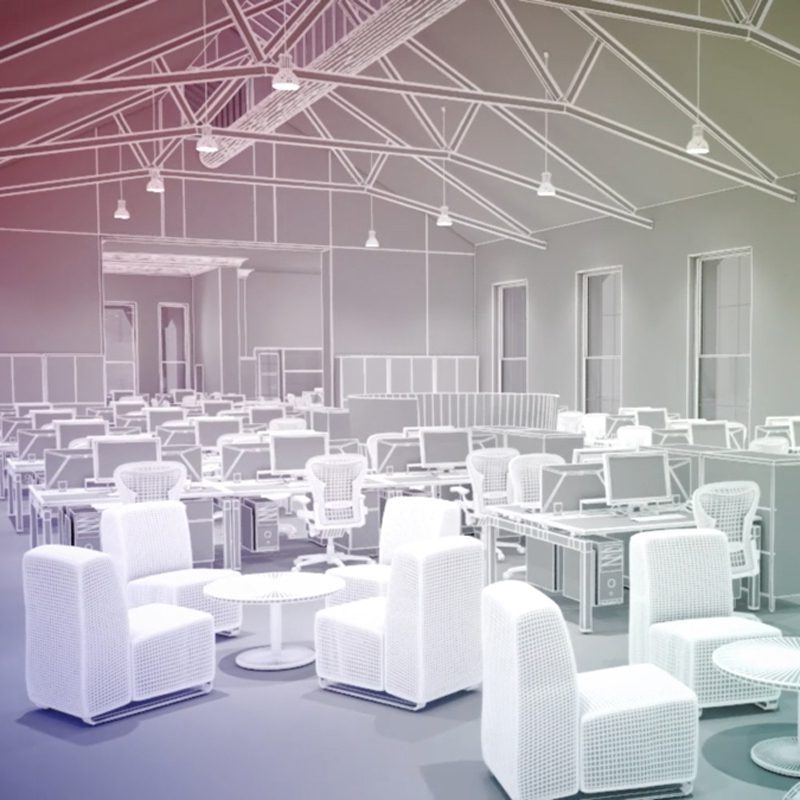BMI UK & Ireland’s marketing and technical director Paul Campbell reflects on the company’s rich history, pioneering approach to innovation and future product developments
In association with![]()
*![]()
Heritage and pedigree
2019 sees BMI UK & Ireland celebrate, through its BMI Redland brand, 100 years of concrete tile manufacture, making it the UK’s oldest concrete tile maker. The company’s lineage can be traced back to four specific businesses: the Redhill Tile Company (Surrey 1919), Rosemary clay plain tile manufacturer GW Lewis Tileries, (Staffordshire 1837), tarred flax felt producer Anderson & Sons (Belfast 1849), and Icopal (Denmark 1876).
The modern story of BMI UK & Ireland really begins in the ‘Swinging Sixties’ with Redland enjoying tremendous growth and opening or acquiring seven new factories. After being bought out by Monier, the 1970s and 80s were a period of consolidation for the company. Key developments included the opening of the roofing industry’s first dedicated training centre in 1981, and the acquisition of the Rosemary Brick & Tile Company in 1984. In the same year, Redland also began to manufacture Cambrian Slate, the UK’s first interlocking tile made from reconstituted waste slate.
In the 1990s Icopal acquired Anderson, Callenders and Vulcanite, creating a leading UK waterproofing business. While up until 1997, the Redland story had been one of strategic acquisitions, this year saw a role reversal with a buy out by Lafarge. In 2007, Lafarge sold off its its roofing division which then became the Monier Group. The latter reinstated the Redland name in the UK in 2008. In 2014, the Monier Group was renamed as the Braas-Monier Building Group.
The global industrial concern Standard Industries acquired Icopal in 2016. The following year, it bought the Brass Monier Building Group, bringing Redland and Icopal together under the same roof. To reflect this coming together, the BMI Group was formed, becoming Europe’s largest manufacturer of pitched and flat roofing and waterproofing solutions with over 150 production facilities and more than 11,000 employees across 40 countries. The UK division, BMI UK & Ireland was formally launched earlier this year, with leading brands comprising BMI Redland and BMI Icopal.
Driving roofing innovation
BMI Redland has long been at the forefront of roofing innovation. In 1965 it built the construction industry’s first wind tunnel for testing roofing systems in the harshest weather conditions. Power came from a mighty Merlin engine, the second world war legend remaining in place until the tunnel was rebuilt at a cost of £2m in 1990.
In 1966, Redland invented the concept of dry-fix roofing, with its first patent for a dry verge system. Dry-fix has now become a norm, with the company’s latest solutions designed to meet the requirements of BS 8612, which was published last year.
The 1980s saw Redland evolve from simply manufacturing and marketing roof tiles into a supplier of ‘whole’ pitched roofs with a full range of components and accessories. The whole roof package enabled the company to drive specifications and, today, when a pitched roof is installed in accordance with its instructions, it can be guaranteed for up to 15 years. A similar warranty situation applies to its flat roofing technologies.
Technological advancements
Apart from innovations in materials and installation – driven by pre-manufacture and site practices – roofs will increasingly be seen as more than just coverings. While shelter and protection are the primary functions, roofs can simultaneously serve as social spaces, rainwater attenuation systems, leisure facilities, microgeneration sites and so on. BMI refers to these as Active Roof Systems.
Green roofs are well-established in the commercial sector and should be considered for residential projects. They can reduce stormwater run-off, improve thermal performance and increase biodiversity.
In cities, roofs featuring Noxite® membranes, such as BMI Icopal’s Noxite® Classic, have the capacity to convert harmful nitrogen oxide pollutants in the atmosphere into benign nitrates present at levels lower than found in bottled water. The air cleaning process remains active for the lifespan of the membrane, meaning that the roof has a long-term potential to positively impact on local air quality.
Blue roof systems control water flow from rooftops and limit flooding during heavy rainfall. A void for storing rainwater temporarily is covered with a permeable top layer, such as a green roof, which can increase the attenuation capabilities of the roof further. Outlets work to restrict the flow rate of water from the roof to greenfield levels.
Pre-manufacture, including offsite and modern methods of construction, is a key concern, and it has its challenges in the heavyside materials sector. While the roofing industry is working towards more light weight roof coverings – be they tiles or sheet materials – it remains difficult to deliver them whole and as a finished roof. In roofing terms, lightweight systems and modularity, as is seen in timber trusses and SIPS, are probably the way ahead; just not quite yet.
Contact Details
for more information please visit the BMI UK & Ireland website, email or call 03705 601000.
Click here to return to the AT30 homepage.














